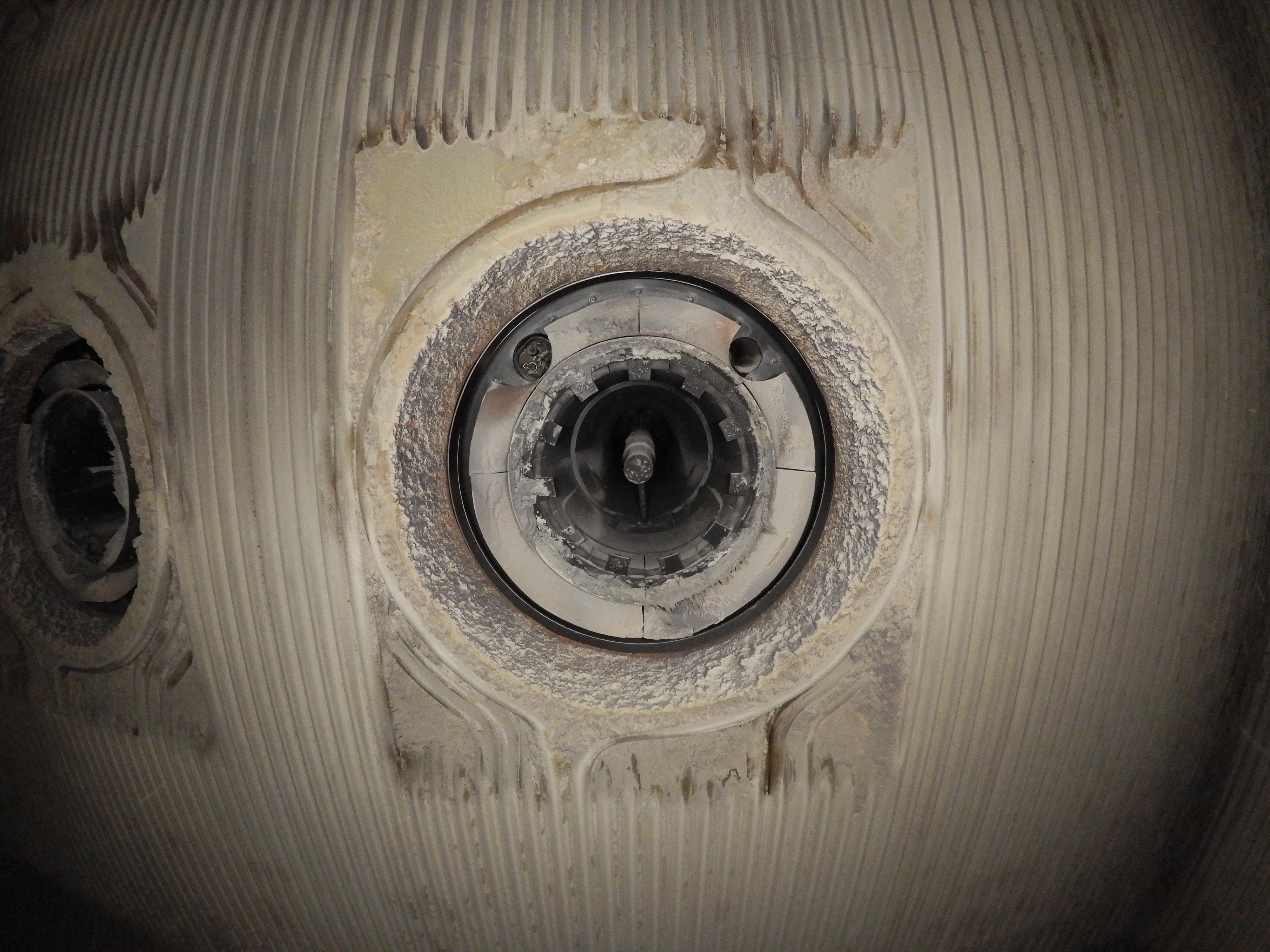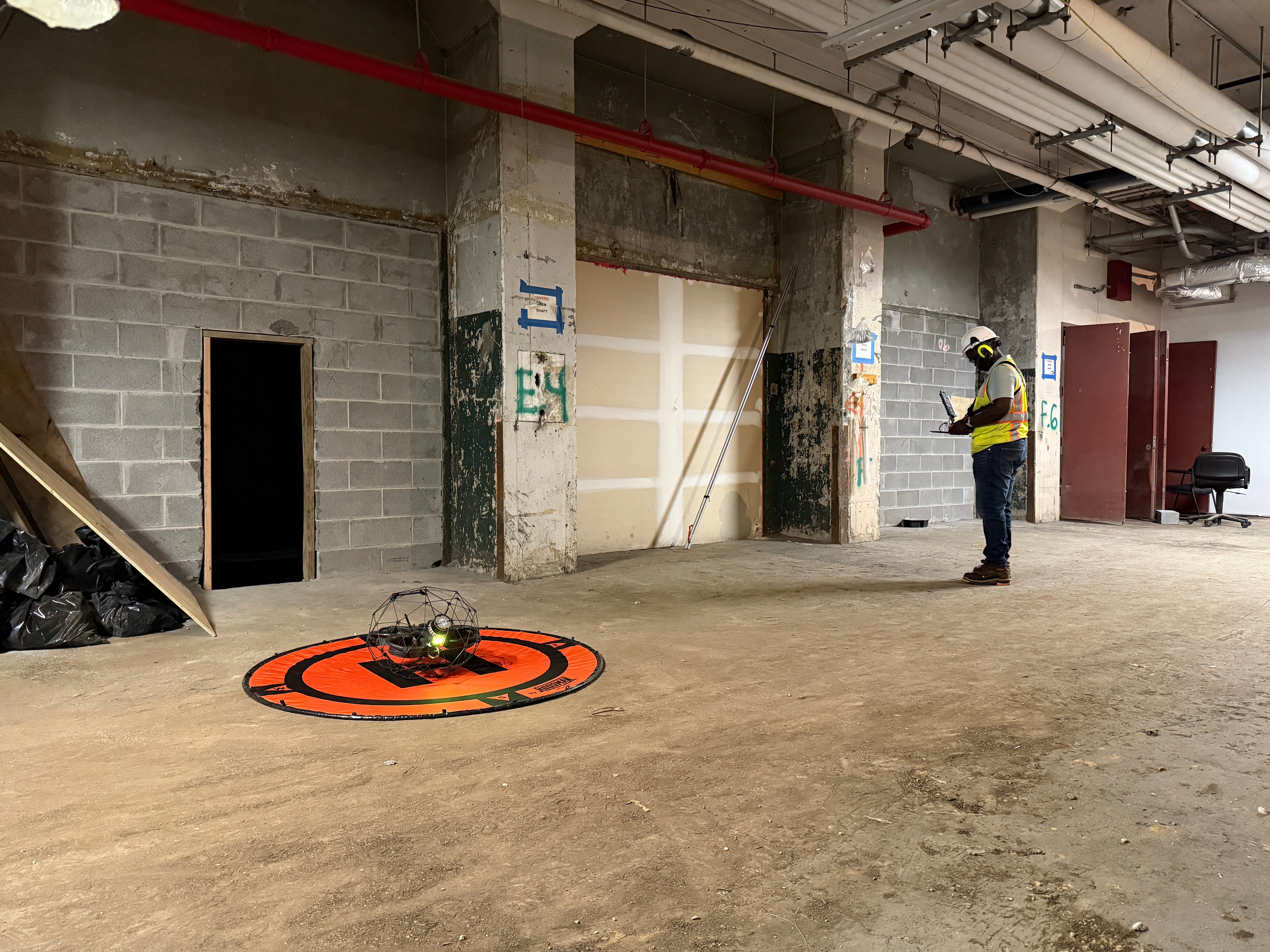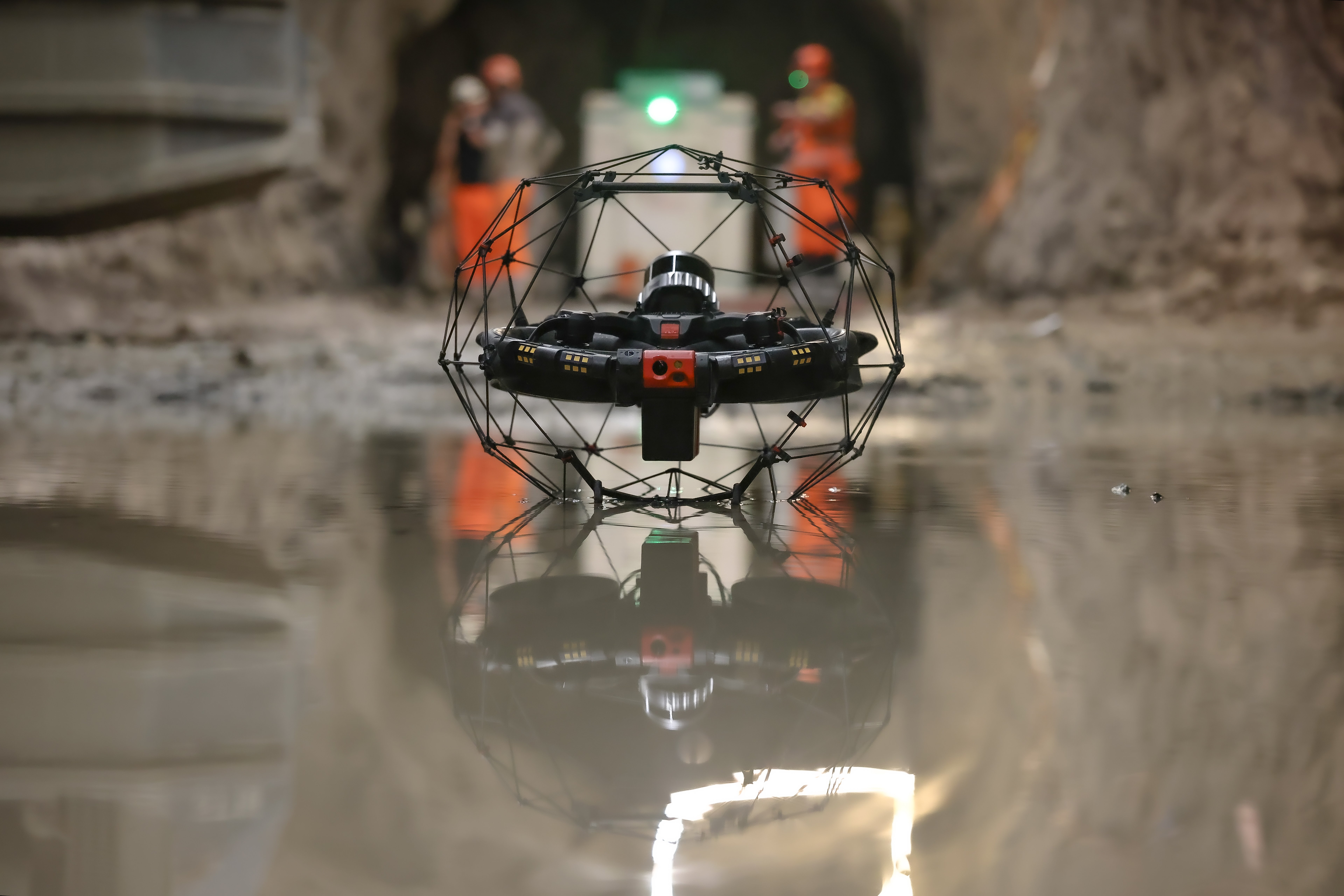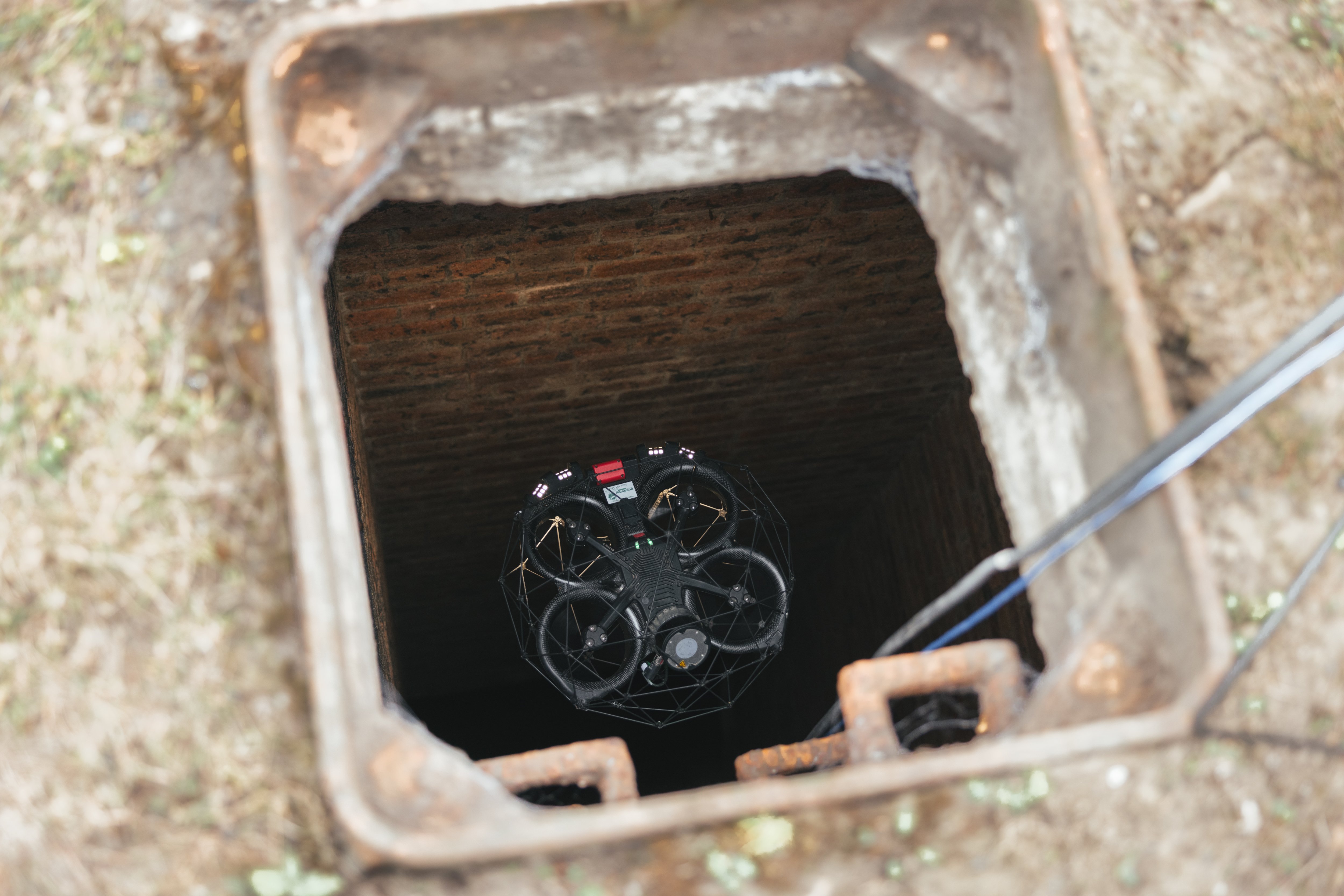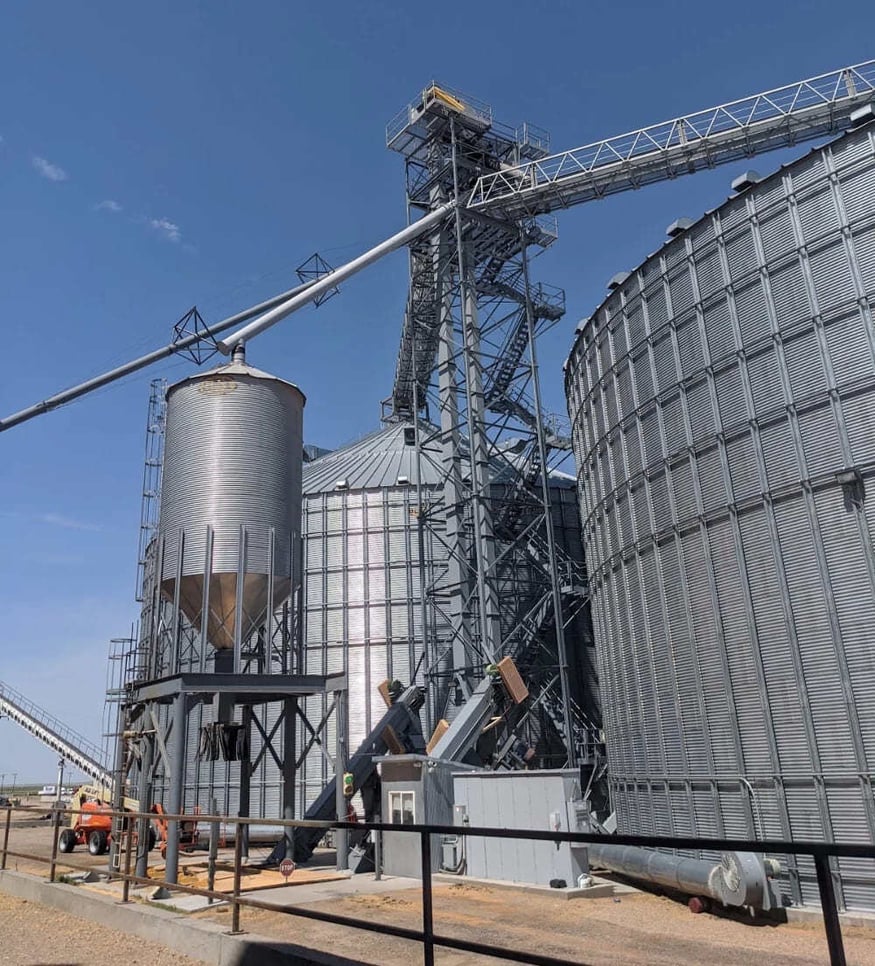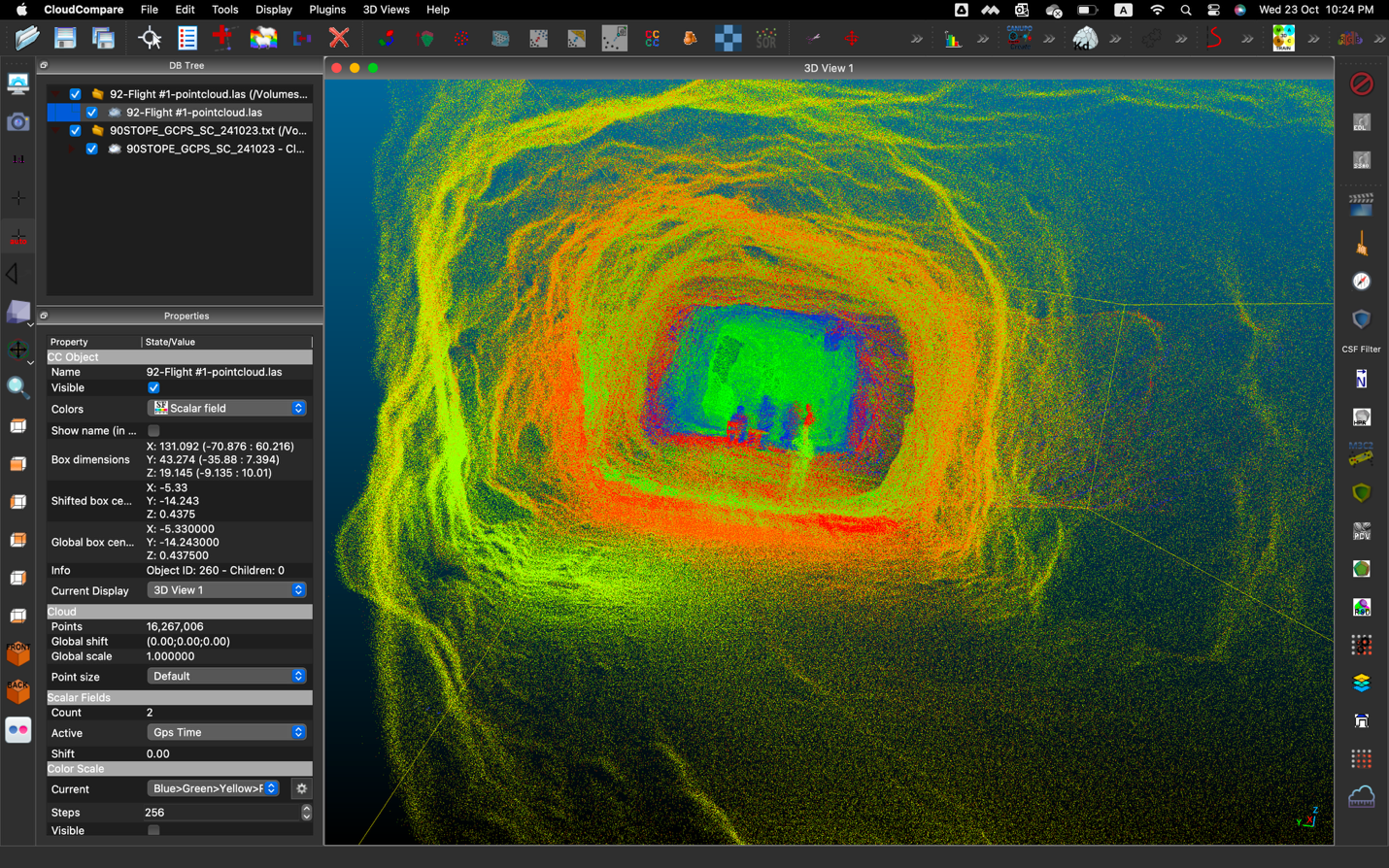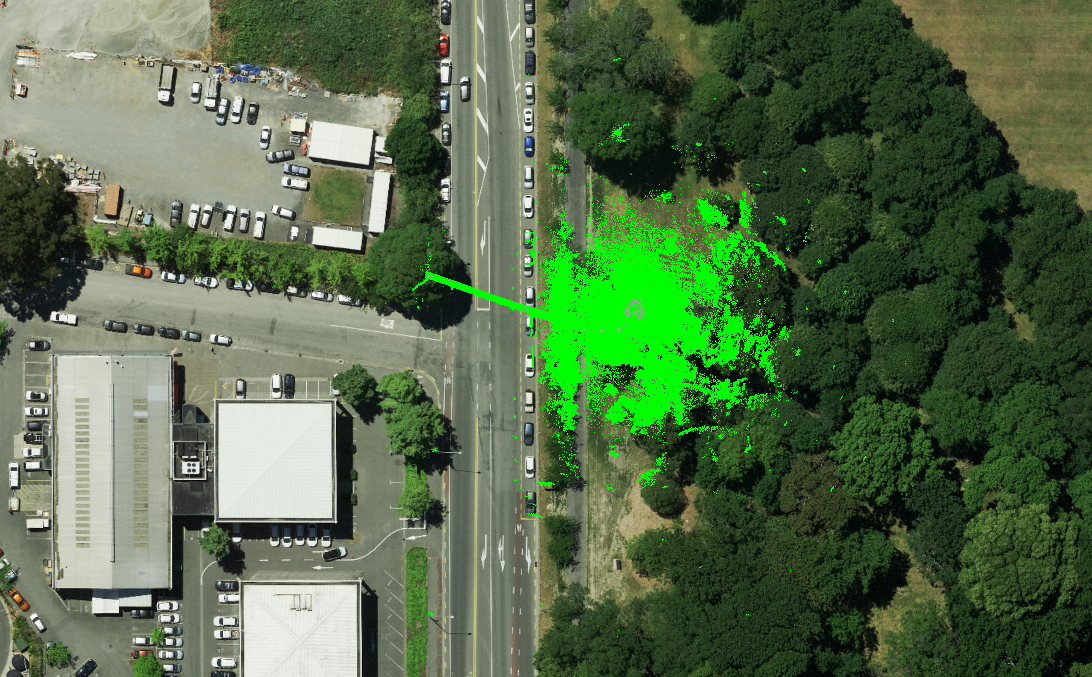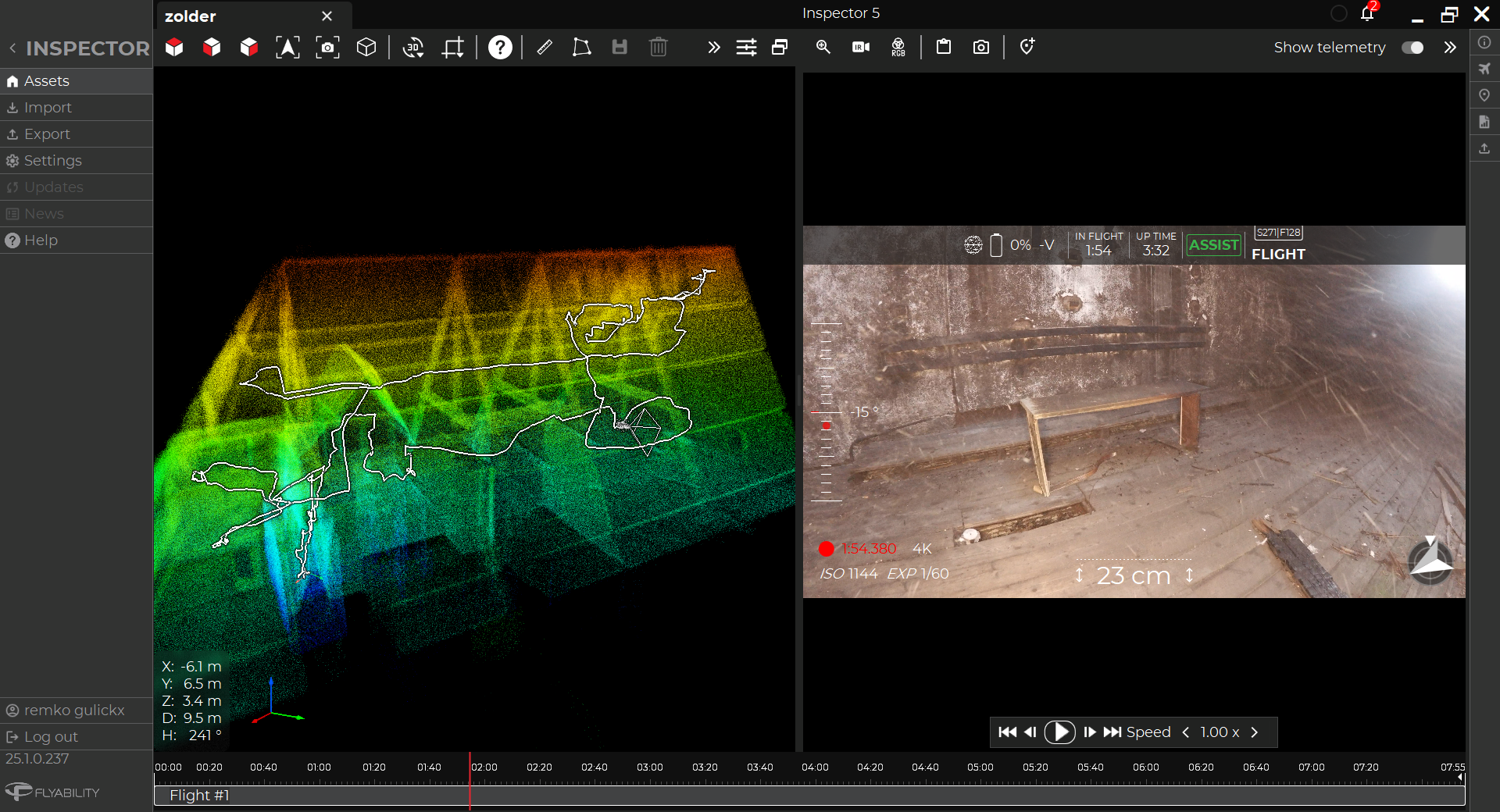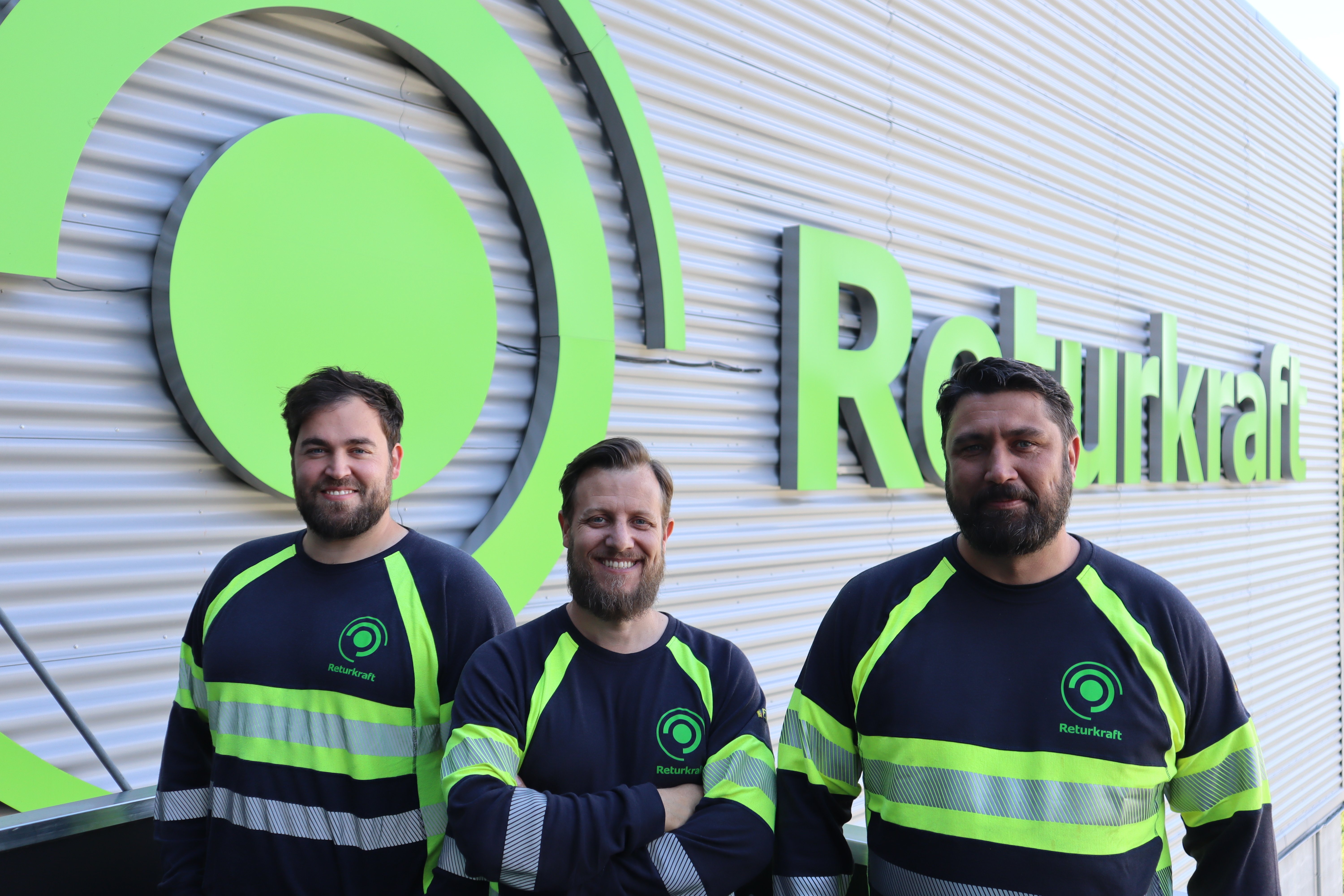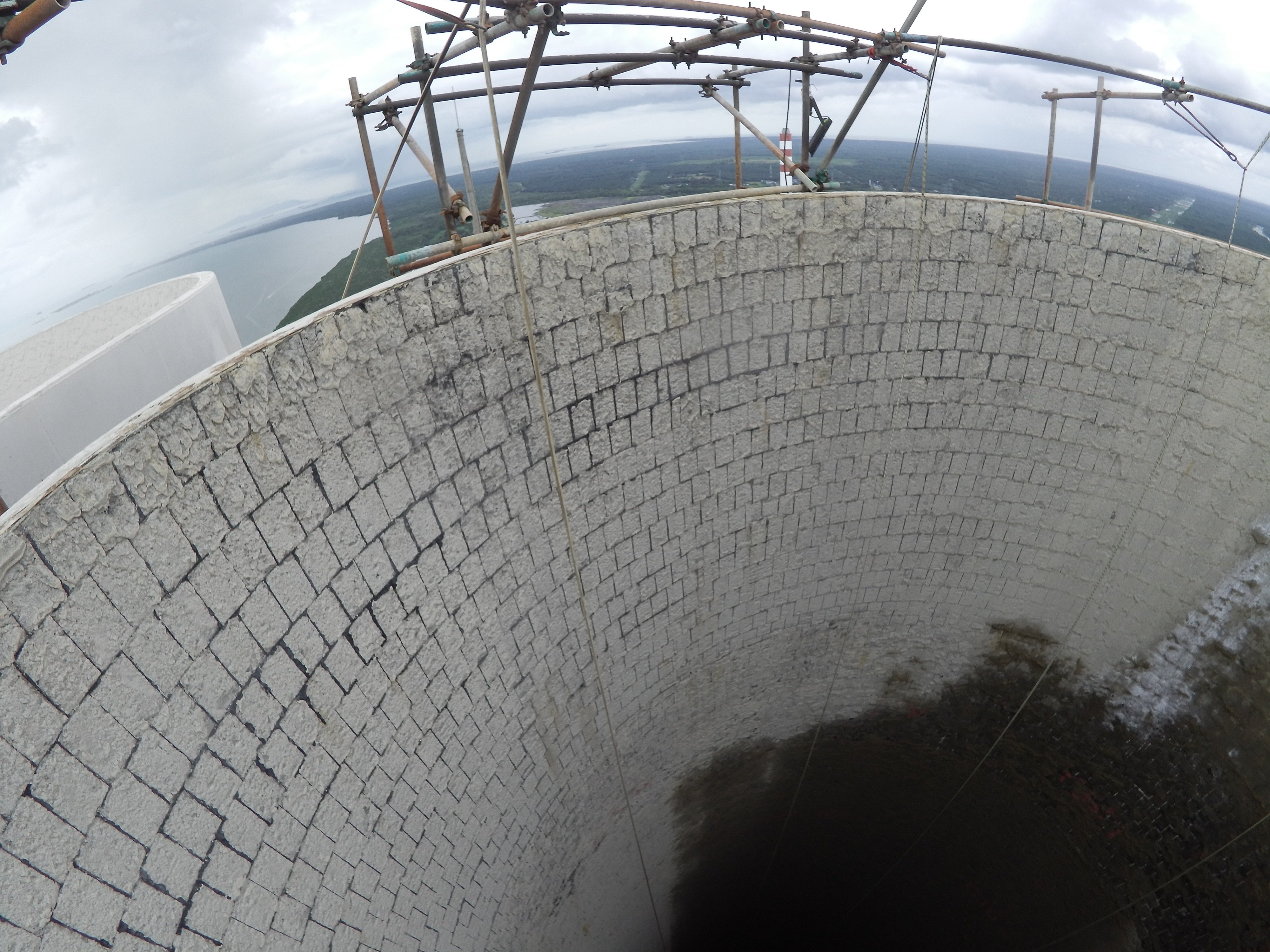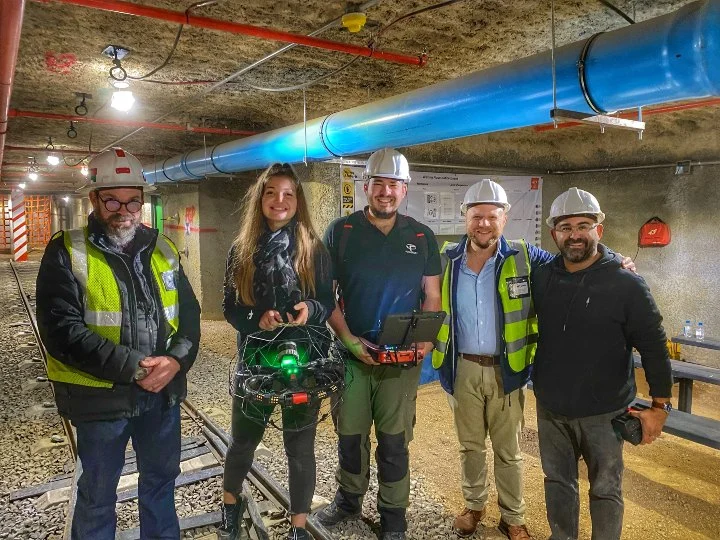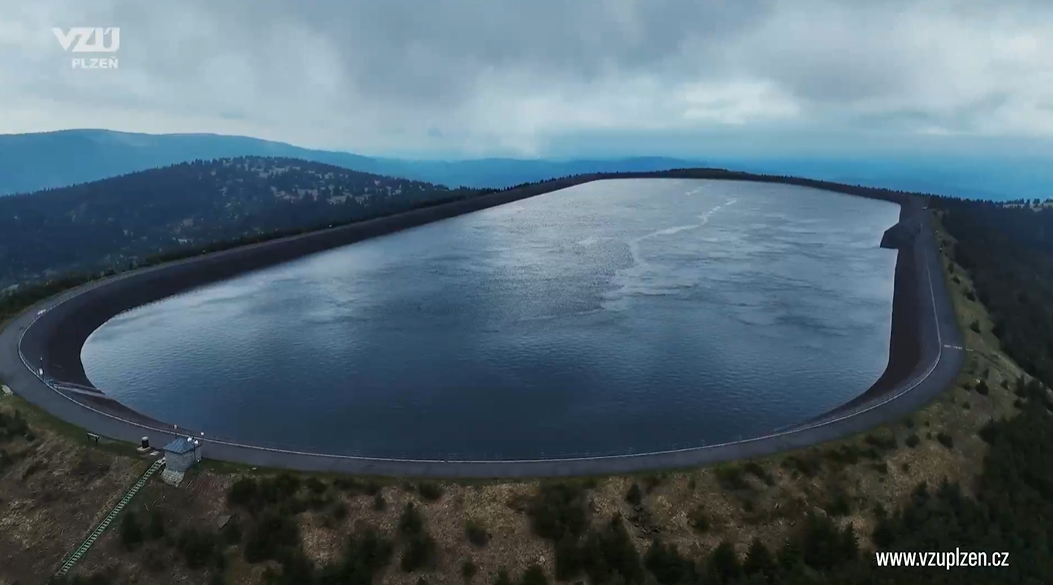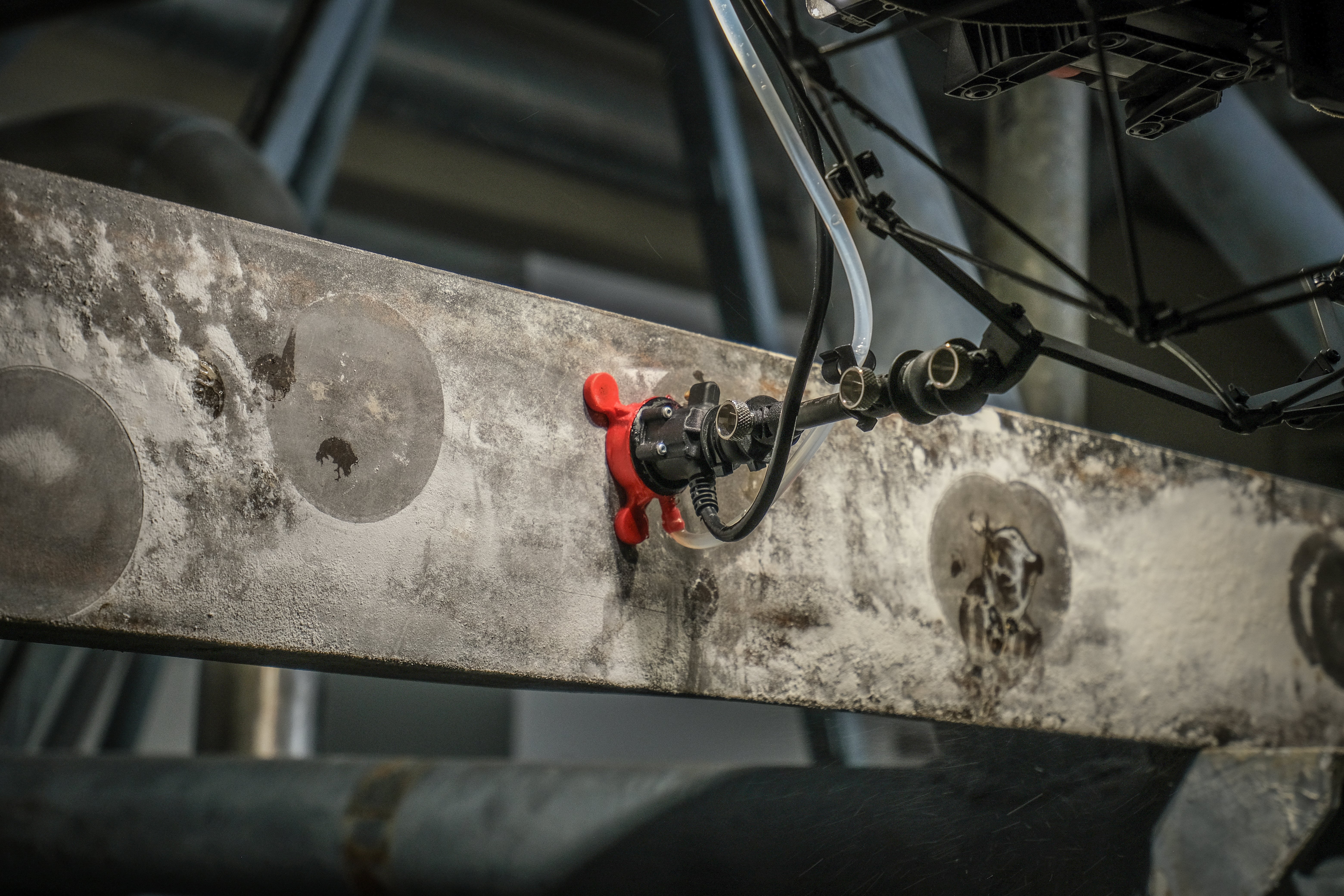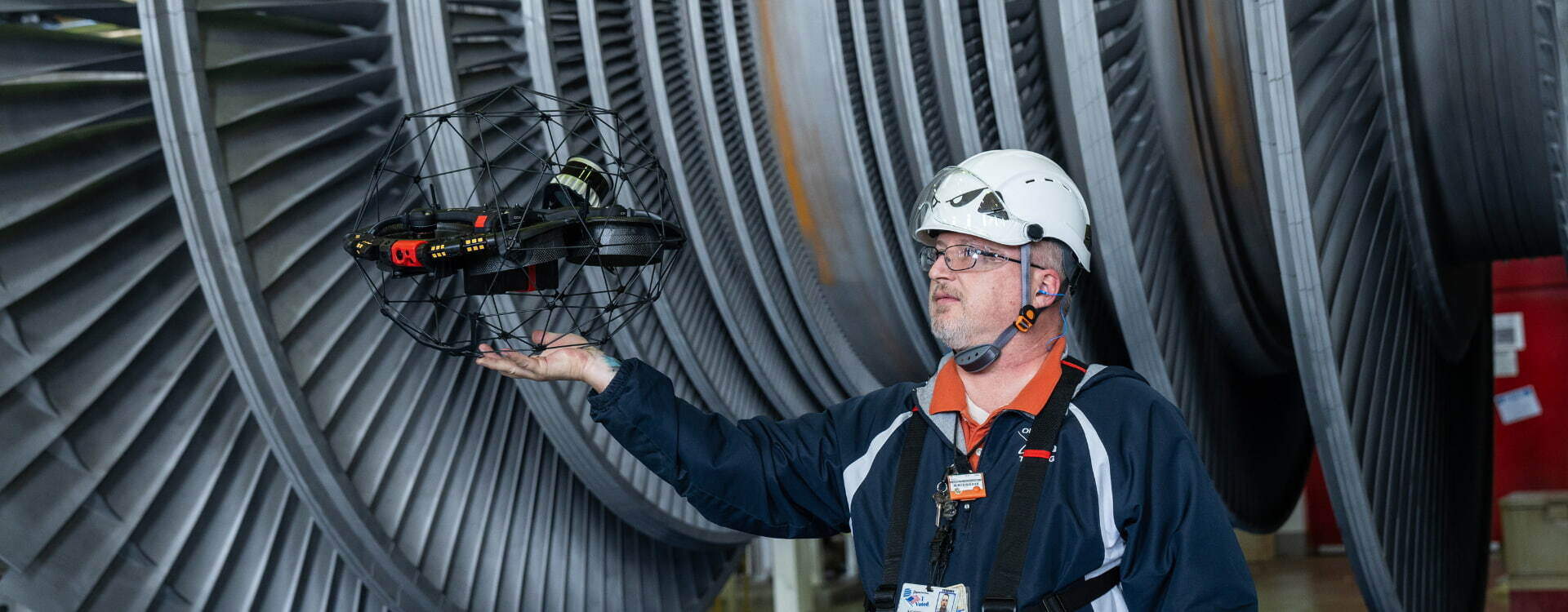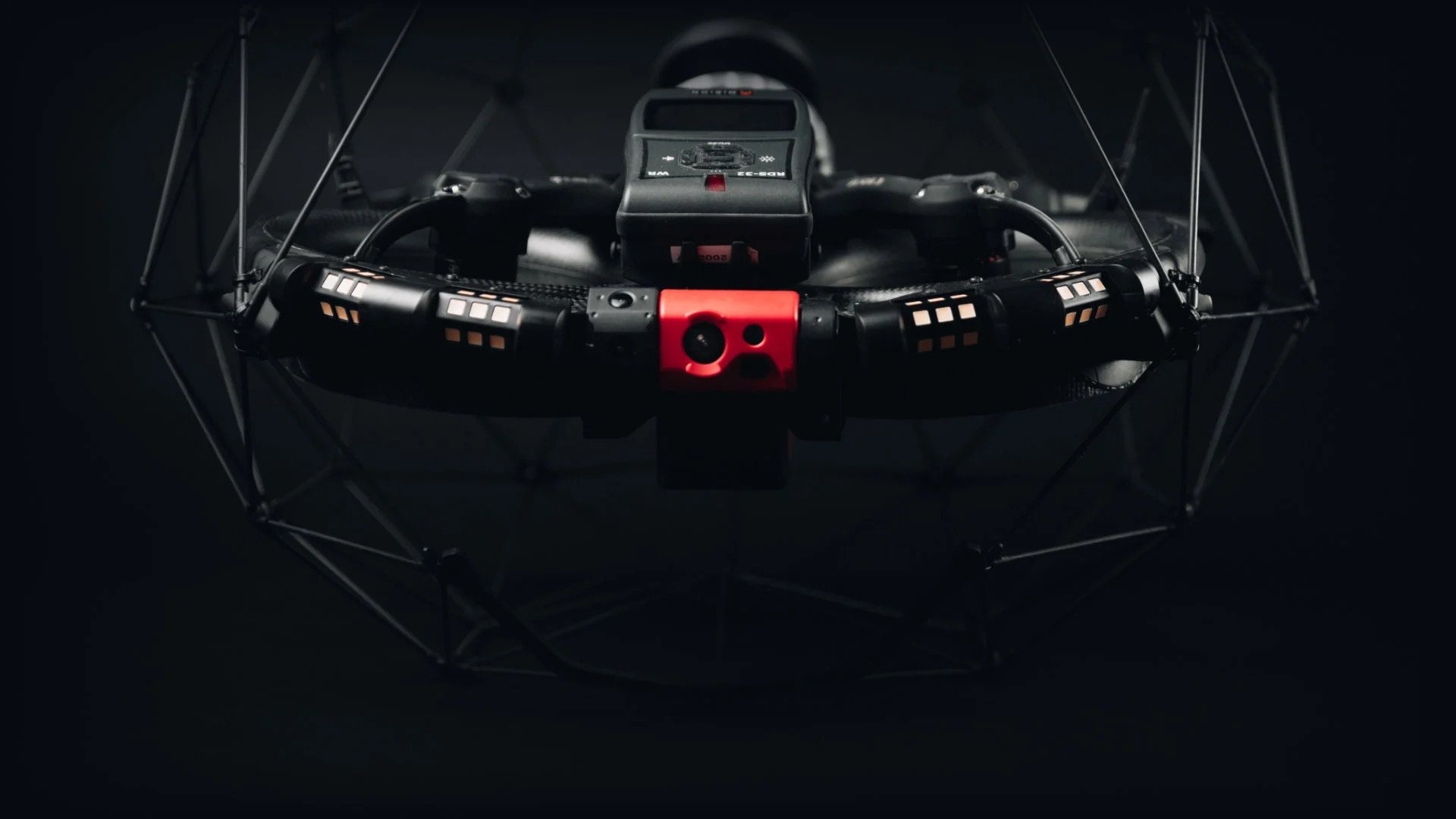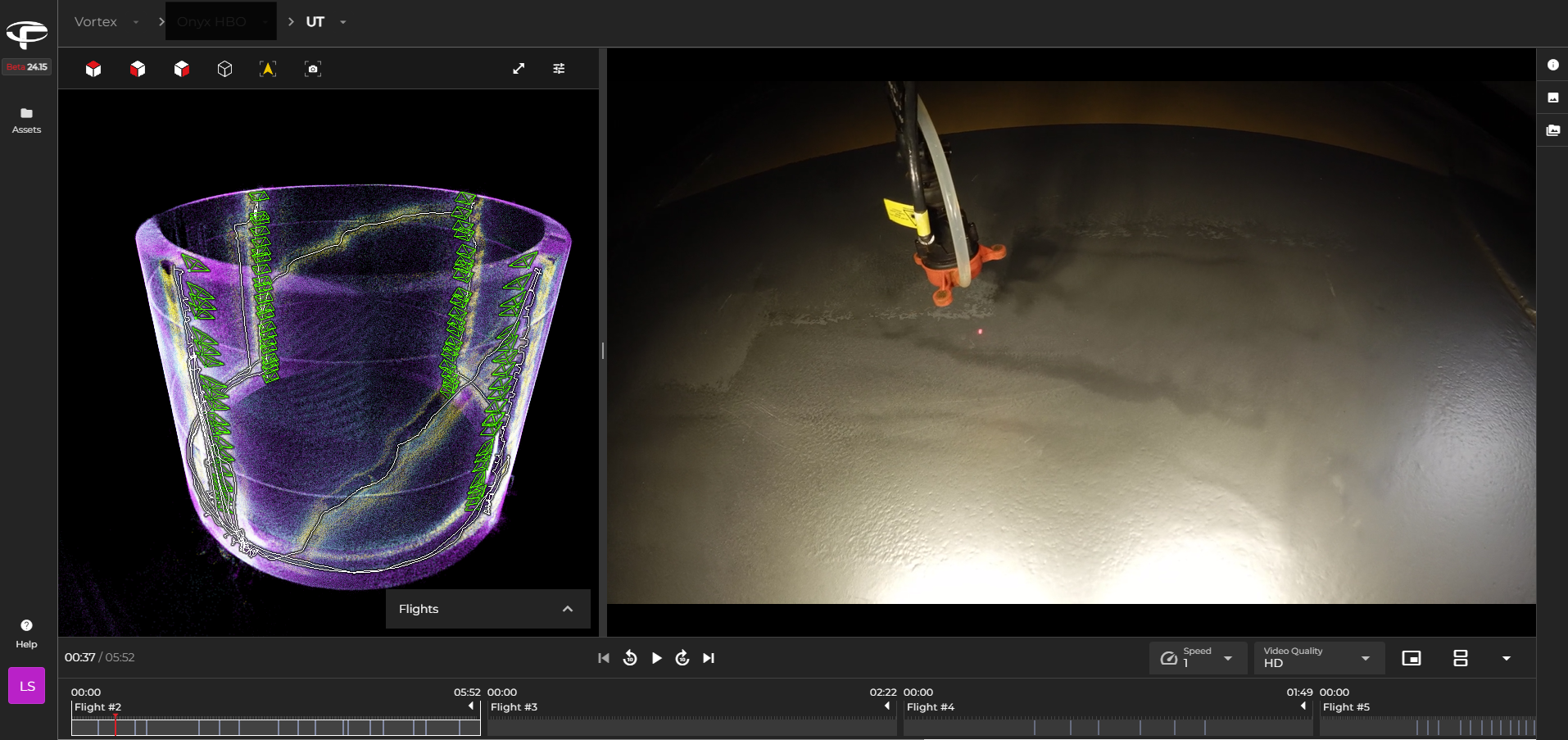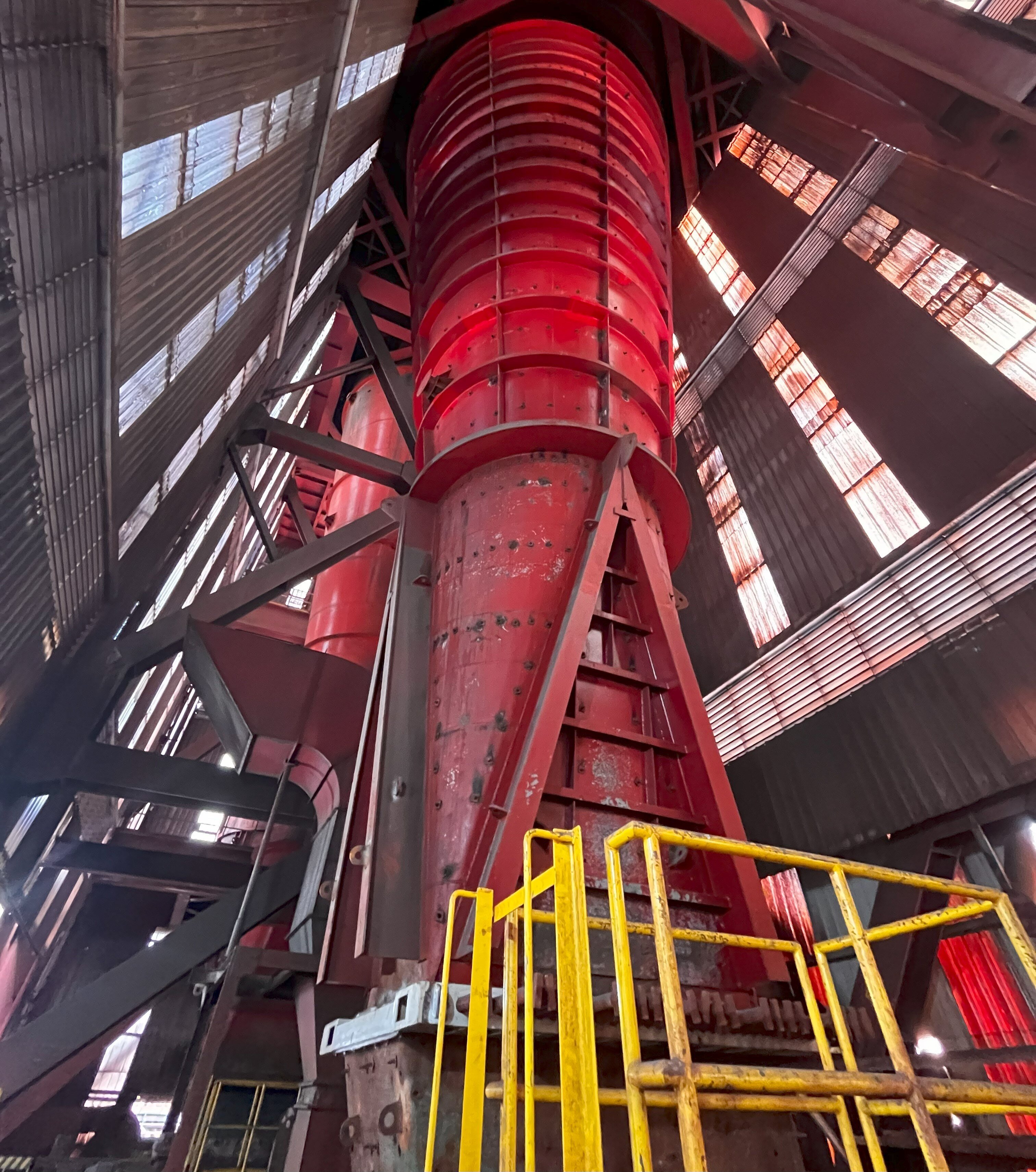- Case Studies >
- Remote Hull inspection saves $1 million with the Elios 3
Remote Hull Inspection Saves $1 Million With The Elios 3
C-Bird used the Elios 3 for a hull inspection of a cargo ship - and got results more safely, quickly, and efficiently than ever before.
Benefits In A Nutshell
SAFETY -Using the Elios 3 for the Hull inspection removed the need for scaffolding in the cargo tanks avoiding approx 10,000 hours of working at height in confined space.
COST REDUCTION - Using the Elios 3 instead of scaffolding for access to areas at height created a direct cash saving of around $1 million dollars during the vessel survey in addition to significant time and logistics savings.
ENVIRONMENTAL IMPACT - Using a drone rather than rafting to inspect cargo tanks avoids creating massive volumes of oil-contaminated water which requires treatment before disposal.
IMPROVED DATA QUALITY - The onboard LiDAR on Elios 3 allowed for accurate data localization and easy sharing of any findings noted during the survey with all stakeholders.
Over 90% of the world's cargo carrying vessels are covered by the International Association of Classification Societies (IACS) Common Structural Rules (CSR).
The CSR sets out standards for the design, construction, and through-life operation of vessels with specific criteria depending on the vessel classification.
Once a vessel is in operation it must renew its Class certification every 5 years. A significant part of a vessel's Class renewal is the Hull Survey assessing the structural integrity of the ship
Crude oil tankers have one of the most onerous Hull inspection requirements as a lot of the structure requiring close up survey is inside the Cargo Oil Tanks (COT) with most of the critical areas of the structure out of reach of the surveyor. This makes inspection difficult. For the surveyor to access areas out of reach within the COT the vessel owners typically either have to build scaffolding or fill the tanks with water for a process known as rafting.

The scale of a cargo tank is immense - scaffolding work here can rise 10s of meters high, making a detailed hull inspection challenging
As a vessel ages the scope and requirements of a hull survey increase. Vessels undergoing their 3rd or 4th Special periodical survey and beyond(15 to 20 y/o) can incur costs in excess of $1m just to erect the scaffolding necessary to complete a hull inspection which can account for a significant percentage of the overall project cost to achieve Class renewal.
Erecting large amounts of scaffold carries with it the increased safety risk to personnel and operational risk to the vessel. A large workforce is exposed to working at height in a confined space. Additionally, foreign objects such as scaffold tubes, clips, or tools accidentally left in the tanks can be sucked into cargo pumps causing damage and resulting in an unplanned outage of the vessel once back in service. On the other hand, rafting can present significant safety and environmental challenges, including the disposal of a huge volume of oil-contaminated water.
Finding An Alternative Inspection Workflow For Cargo Hull Inspections
A US based oil tanker fleet operator needed to conduct a No 4 Special (20y/o) periodical survey on one of its tankers. The 250m vessel, classed by The American Bureau of shipping (ABS), was being dry docked in SE Asia to carry out its class renewal as well as some other periodical maintenance work.
The tanker operator, a robotics innovation champion in the marine industry, had been utilizing C-Bird's hull inspection services and seen the class approved capabilities with Elios 2 for close up survey on their fleet for several years. This collaboration has already massively reduced its scaffold/staging requirements during class renewal surveys.
The aim was to conduct a hull survey for this ship using the Elios 3, with minimal to no entry into the hull by personnel, reducing risks massively while still gathering all the necessary data. Initially, there had been a plan to use a hull inspection ROV to complete the hull survey. However, C-Bird’s experience with the Elios drones made clear that in the decision of hull inspection ROV vs drone, they found drones to be the better choice in this case.
Inspecting A Ship's Hull With The Elios 3 Drone
Although C-Bird pilot Malcolm Connolly had used an Elios 2 in the past for projects like this, he went with the new Elios 3 for this particular ship. He wanted to use the LiDAR live map on the Elios 3 to navigate in the environment where he could not see the drone to help guide it. Malcolm was also testing the new UT payload for the Elios 3 to gather ultrasonic thickness measurements.

Malcolm of C-Bird guides the drone around the empty space during the hull inspection
The drone was flown into the cargo tanks as part of the hull inspection without anyone entering the space. Malcolm flew around the entirety of the hull, moving close to gather both 4K video footage as well as a simultaneous 3D LiDAR scan of structures. The data from the flights was then imported to Inspector 4 for processing.
With processing, the comprehensive results removed the risk of any uncertainty over what the drone had surveyed or the location of any anomalies found - the entire space was recreated in 3D as well as clear video footage.

The Elios 3 inspection with the LiDAR data alongside the visual feed
How The Elios 3 Can Be Used For Hull Inspections In The Maritime Sector?
The Elios 3’s 3D Live Map was successful in helping the C-Bird team ensure full coverage of the correct areas without needing to enter the COT’s working from the safety of the ships deck. In addition to eliminating confined space entry, the mission’s safety and efficiency were further enhanced by negating the need to haul equipment in or out of the tanks removing a potential dropped objects risk reducing manual handling requirements including vessel crew support as well as reducing the time required to set up for each cargo tank.

Malcolm Connolly, the CEO and founder of C-Bird, said, “The 3D laser scan produced by the Elios 3 allows for accurate localization of data. This takes the entire survey process one step closer to true risk-based asset management and eventually automation. The ability to reliably localize data means you can repeat the survey precisely, measure any state of change between surveys, and then potentially model rates of degradation with machine learning to predict the best maintenance intervention point. This is the direction in which the marine and many other industries want to go!”
Malcolm highlighted several key benefits of using the Elios 3 for the hull inspection, including:
⦁ Full data coverage with the 3D live map ensures that surveyors covered all required areas in the tank despite the large size and uniform features
⦁ Safety improvements through reducing human entry into confined and working at height.
⦁ Savings - the drone inspection eliminated the need for scaffolding or prolonged downtime
⦁ Flying in high temperatures - the environment reached 45 degrees Celsius and the Elios 3 was able to handle this environment.
Making Cargo Vessel Hull Inspections Easier With Drone Surveys
Thanks to the Elios 3, C-Bird was able to complete a safer, faster, and more efficient Hull inspection. By avoiding the need for scaffolding over 10,000 hours of working at height were saved.
C-Bird and their client both noticed the simplified logistics of the overall project and highlighted the environmental impact as this removes the need to potentially contaminate water to fill the hull for a rafting-based inspection. They also recognized the drone’s usefulness as an alternative to completing hull inspections with an underwater ROV.
The Elios 3 and its 3D map provided inspectors with enough data for the class renewal through accurate data localization that helped them identify points of interest. This contributed to the success of the project as the ship was successfully reclassified. The overall case study presented by C-Bird demonstrates how the continuing advancement of drone technology is increasing the capabilities of drones in a way that is meeting the needs of the marine and maritime industry.


